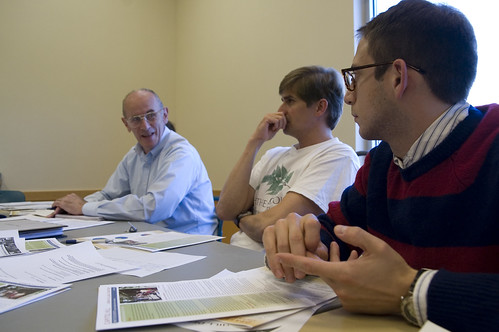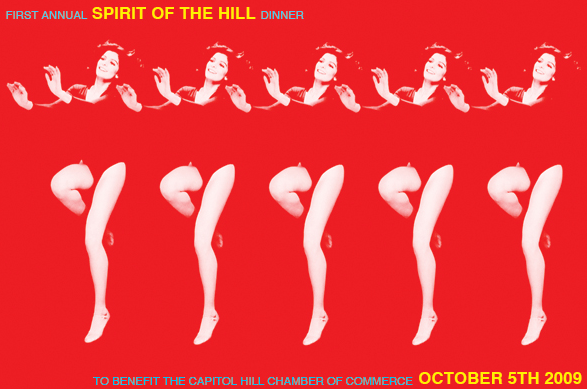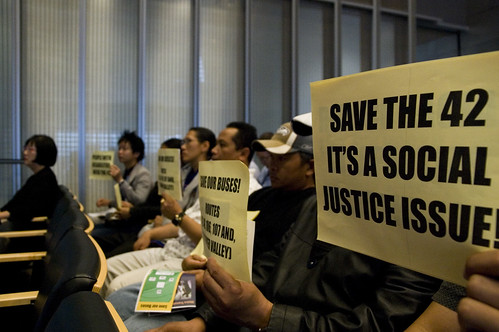500 E. Pine is ugly. It’s empty. It’s useless. For some, it represents the development powers that be, and their plot to destroy any ounce of historical culture that flows through Capitol Hill streets. These feelings have been shared by many that walk by the mound of dust and dirt now dubbed the People’s Parking Lot. But for structural engineer and urban planning enthusiast Keith Harris, the frustration became innovation. This April, he made this video, this site, and a baby, all while losing his job in the midst of the poor economic climate. Bad for Harris, but great for the community as he has had time to explore his passions and make something out of the empty lot that plagues Pine. With his job creating commercial big box buildings behind him, Harris thought this project would be more suited to what he believes in.
But the website had few visitors, and Harris had no idea how, or even what he hoped to do with the empty lot. After failing to attract accidental visitors to his cause by posting random parking-lot related tid-bits, Harris said that help from CHS was what finally got the ball rolling. Putting the normal developer-aimed anger aside, Harris called the owner of the lot and got his blessing to feature it as the main area of the the Capitol Hill Garage sale. With the success and enthusiasm surrounding the sale, Harris worked quickly to start the next project, Park(ing) Day 2009. Three months of research, marketing and planning will culminate this Friday into what Harris hopes will become a very memorable day.
According to the Park(ing) day website, the event originally started in San Francisco in 2005 when an art collective dressed up a public space around a parking meter. For his part of the Park(ing) Day event in Seattle, Harris is coordinating with Feet First, an organization who helped promote and support the event last year, the Capitol Hill Community Council and other community groups.
With the People’s Parking Lot as a “Central Park”, Harris created twenty-four 20×10 ft. spots for people, businesses, and organizations to create mini parks. The parks will be judged by our own jseattle along with architecture professionals, and compete for a $200 prize on top of a gift cards and other local business gifts. Despite business support and involvement, Harris said, following Park(ing) day rules, no promotional material or advertisement can be included in parks. According to Harris, the cost of the event, mostly for insurance, was covered by the Seattle Art Commission’s Smart Ventures Grant, with the prizes covered by an optional $20 entry fee and donations from local businesses.
As we reported earlier, there is still room for more parks. Harris said that 12 spots are definitely taken, with 5 more hopefully on the way. These parks aren’t just thrown down sod, Harris explained, saying one group requested a second space and made a structure of 12 feet was not breaking any height limits. While anyone can participate, landscape architects and urban planners are coming out in full force for what Harris said was “just for fun.”
For Harris, who is designing a park himself, this is just a beginning for both his career and the People’s Parking Lot. Entering into the Ph.D program at the University of Washington in Built Environments, Harris, his wife and his 5-month old child are chugging along. Harris, wants to continue working with the PPL, but is taking it one step at a time with classes just around the corner. “If it is going to sit empty, why not do something that [people] can come out and use.” The future of the PPL, Harris hopes, will be focused around regular use, not just big events. According to Harris, the owner of the land still has no plans for it, but Harris sees it as an “Important space geographically and emotionally,” and it needs something to fill the dead zone. Following the model of a parks organization in Burien, one of Harris’ ideas is licensing the space from the owner as a temporary space for a garden, art space or an outdoor movie area.
For now, Harris is focusing on this Friday. Although the dozen parks will only be a 12-hour cure for the emptiness at 500 E. Pine, Harris is confident in the event’s effect beyond the 18th.
“All you can do is remember it,” Harris said. “Make it memorable.”
 Artist ELITE, whose work was featured at Throwbacks NW this month, spotted at Featherston Gallery admiring the works of fellow artist Elizabeth Jameson (Photo: Lucas Anderson/Neighborlogs.com)
Artist ELITE, whose work was featured at Throwbacks NW this month, spotted at Featherston Gallery admiring the works of fellow artist Elizabeth Jameson (Photo: Lucas Anderson/Neighborlogs.com)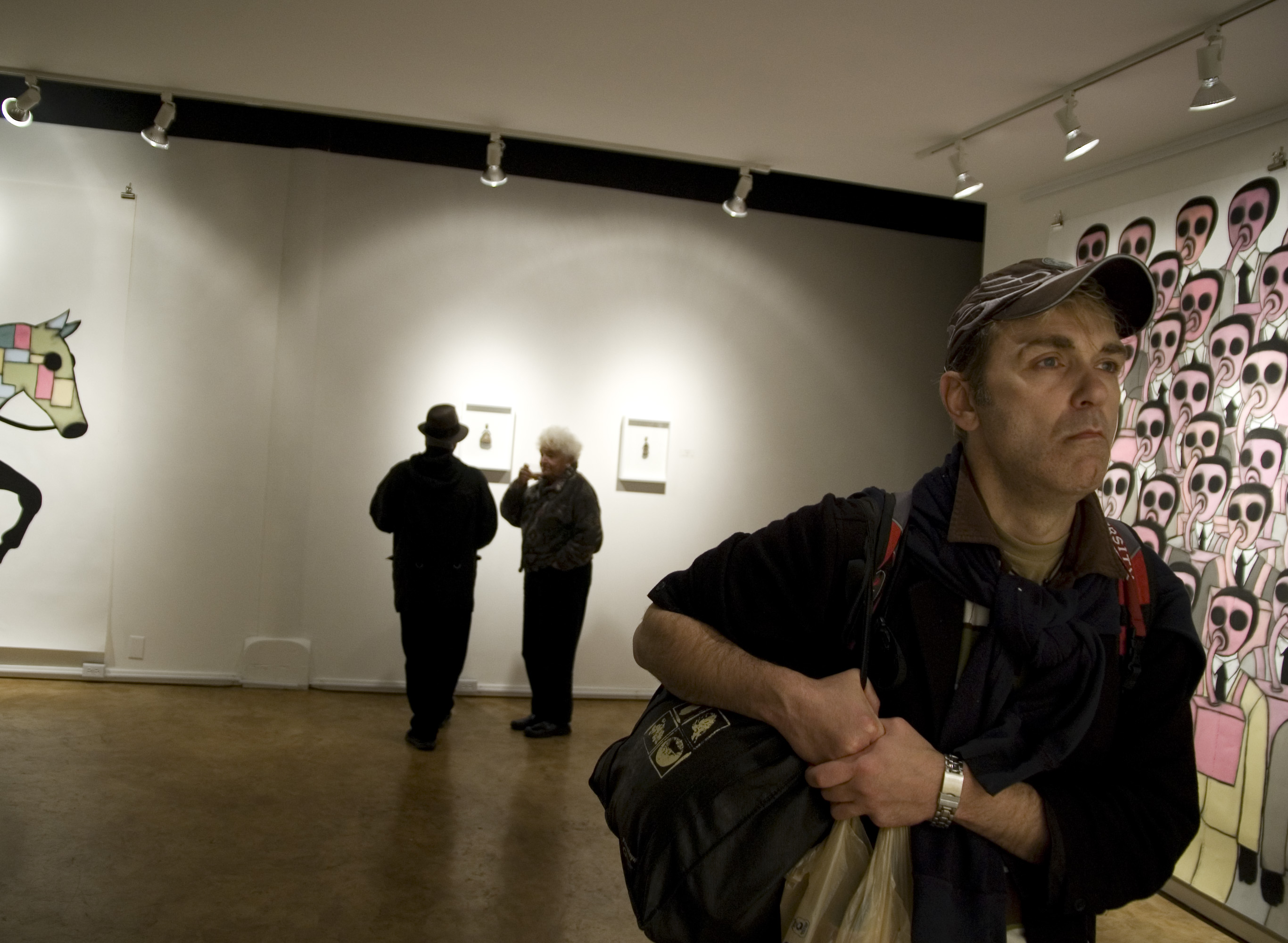 Observing “Post-Bellum” by Elizabeth Jameson at the Featherston Gallery (Photo: Lucas Anderson/Neighborlogs.com)
Observing “Post-Bellum” by Elizabeth Jameson at the Featherston Gallery (Photo: Lucas Anderson/Neighborlogs.com) Guitarist Reji LeFleuer plays on the steps at Retail Therapy, adding sound to the paintings by featured artist Jenna Colby (Photo: Lucas Anderson/Neighborlogs.com)
Guitarist Reji LeFleuer plays on the steps at Retail Therapy, adding sound to the paintings by featured artist Jenna Colby (Photo: Lucas Anderson/Neighborlogs.com) Babeland’s Plastic Porn (Photo: Lucas Anderson/Neighborlogs.com)
Babeland’s Plastic Porn (Photo: Lucas Anderson/Neighborlogs.com)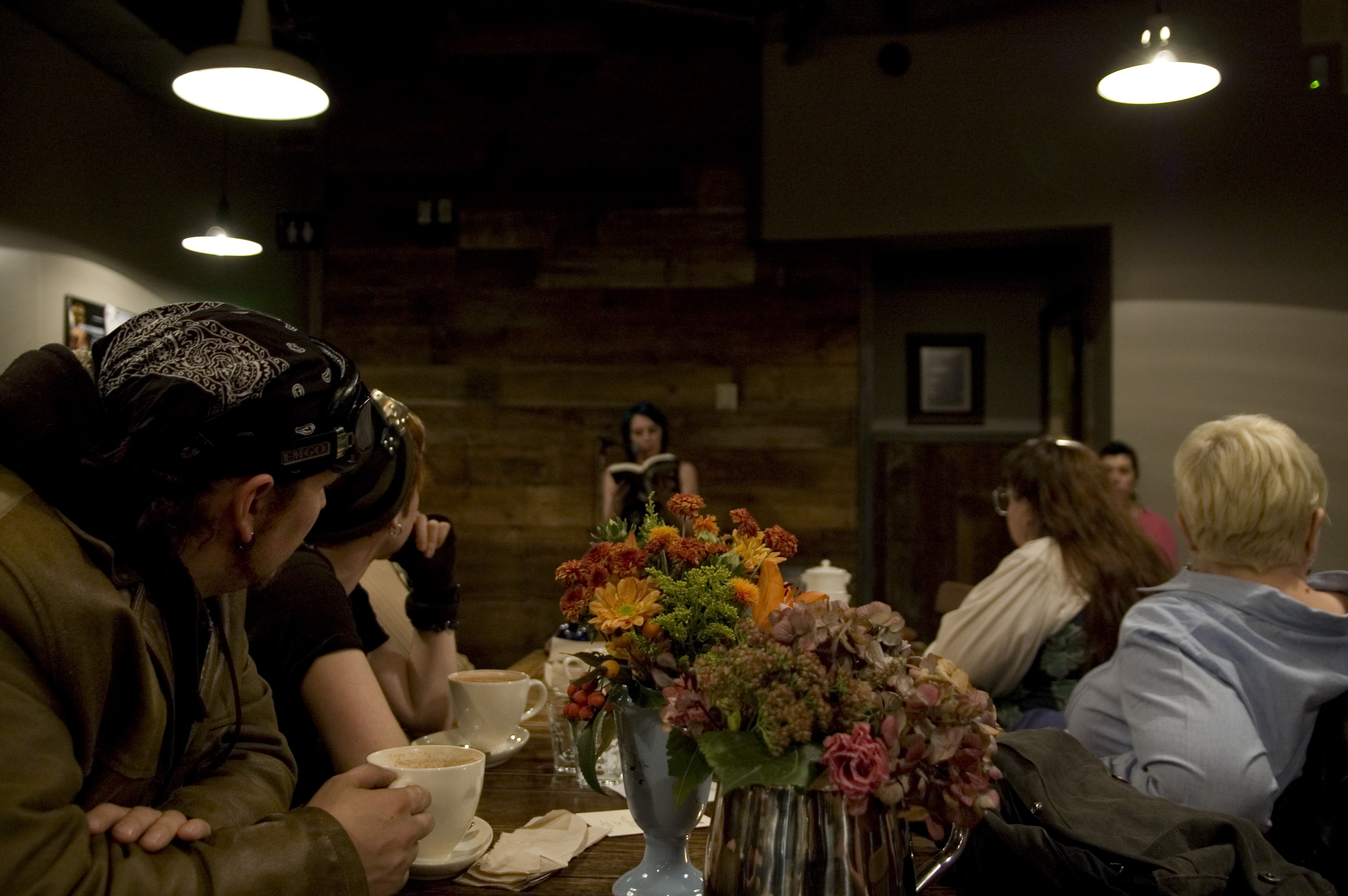 Listeners in Steampunk attire listen to Cherie Priest read her similarly themed Sci-Fi novel, “Boneshaker” at 15th Ave Coffee & Tea (Photo: Lucas Anderson/Neighborlogs.com)
Listeners in Steampunk attire listen to Cherie Priest read her similarly themed Sci-Fi novel, “Boneshaker” at 15th Ave Coffee & Tea (Photo: Lucas Anderson/Neighborlogs.com)






